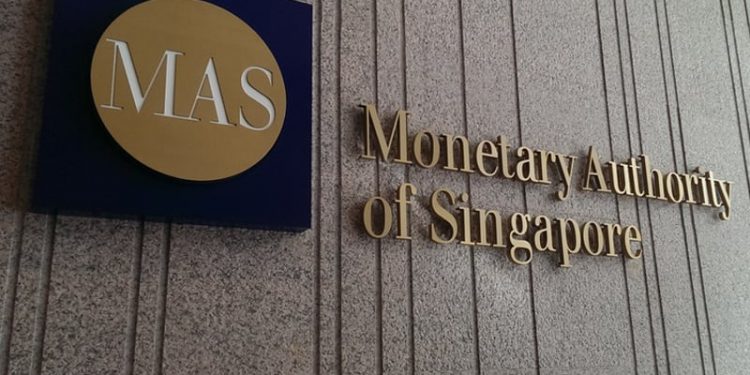World’s First Transition Taxonomy
The Monetary Authority of Singapore (MAS) has released the world’s first transition taxonomy (Singapore-Asia Taxonomy for Sustainable Finance), which aims to define green and transition activities and provide scientific screening criteria for economic activities.
MAS has previously established the Green Finance Industry Taskforce (GFIT) to jointly develop a taxonomy with financial institutions, enterprises, and other stakeholders. This taxonomy is also supported by the Climate Bonds Initiative (CBI) and is the first transition taxonomy in global.
Related Post: Hong Kong Plans to Establish Green Taxonomy
Design of the Transition Taxonomy
The goal of the Singapore-Asia Sustainable Finance Taxonomy is to create a consistent classification system that provides a benchmark for green activities and prevents the emergence of greenwashing. The taxonomy is based on scientific principles, considering the Singapore Green Plan 2030 in its design, and is consistent with the Common Ground Taxonomy (CGT) published by the International Platform on Sustainable Finance (IPSF).
MAS believes that different stakeholders can benefit from the taxonomy. Investors can express environmental goals in investment decisions and adjust their investment portfolios. Companies can use it to raise funds and develop sustainably. Regulators can use it to develop policies and priorities that direct financial flows toward sustainable economic activities.
The transition taxonomy has formulated a total of five environmental goals, namely mitigating climate change, adapting to climate change, protecting healthy ecosystems and species diversity, improving resource resilience and circular economy, and preventing pollution.
All economic activities will be divided into three categories: green (sustainable), amber (transition) and red (unsustainable) based on these five goals. The current classification includes eight key industries: energy, real estate, transportation, industry, agriculture, information and communications, circular economy, and carbon capture.

Classifications of Economic Activities
The transition taxonomy uses a traffic light approach, mapping green activities (green), transitional activities (amber), and non-sustainable activities (red). Green activities (green) refer to economic activities that are consistent with the 1.5 degrees Celsius warming pathway and EU classification standards and can make a significant contribution to mitigating climate change. While green activities may not mean zero emissions, their carbon emissions can decrease over time.
Transition activities (amber) refer to activities that, although not in line with the 1.5°C warming path, are still in the process of green transition or will significantly reduce carbon emissions within the specified date. To avoid greenwashing, transition activities cannot continue indefinitely and need to have clear deadlines. When the deadline is met, transition activities will be reclassified as green activities (meet requirements) or non-sustainable activities (do not meet requirements). MAS currently sets this deadline in 2030 and may adjust it in the future.
Unsustainable activities (red) are those that cannot move towards a 1.5°C warming path in the future. These activities are often unsustainable and may be phased out in the future. Non-sustainable activities may result from specific characteristics (such as high-carbon-emitting productions) or may result from transitional activities that fail to meet standards.
Next Steps for the Transition Taxonomy
Although the transition taxonomy sets out five environmental goals, the current version still focuses on the goal of mitigating climate change. MAS plans to gradually introduce measurement methods for four additional environmental goals. Discussions on whether to enforce this taxonomy are continuing, and regulatory policies are also being developed.
For the financial industry, there is no clear guidance on how to apply this taxonomy in financial products (such as sustainable loans, green bonds), and MAS plans to issue a public consultation on the taxonomy in the future. The classification system still needs to be improved in terms of information disclosure frequency and compliance.
Reference:
MAS Launches World’s First Multi-Sector Transition Taxonomy
ESG Advertisements Contact:todayesg@gmail.com








